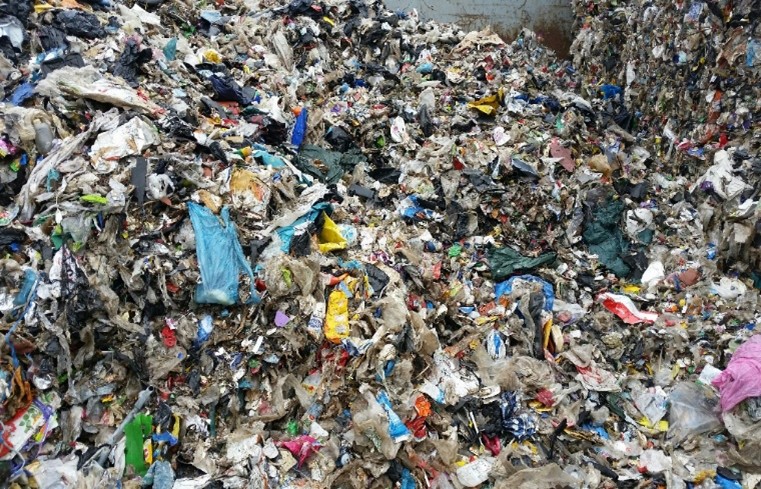Chemical Recycling of Plastics through Pyrolysis
As one of the key pathways to a circular economy that uses wastes as feedstocks Task 36 investigates how waste recycling technologies perform in comparison to waste-to-energy solutions. Find below the key finding on chemical recycling technologies presented in the 2-day workshop Decarbonization of the Waste Sector organized by IEA Bioenergy Task last November in South Africa.
Emerging chemical recycling technologies covering processes like pyrolysis and gasification pave the way to recycle significantly more plastics than today by creating feedstocks for the chemical industry from mixed plastics wastes difficult to recycle mechanically. Key advantages are reduced climate and environmental impacts of plastic products through recycling that avoids incineration, landfilling or even littering of these materials.
Through chemical feedstock recycling of plastics waste the fossil feedstock dependency of growing chemical and plastics industry will be reduced. Whilst large scale industrial gasification is an established route to produce syngas in many countries worldwide but on a fossil fuel basis, pyrolysis technologies are under development and have to undergo both scale-up and flexibilization in terms of waste feedstocks in order to deliver significant contributions to a circular economy of the future. As a consequence, there are only few sustainability assessments of chemical recycling technologies and process data such as mass and energy balances are missing.
During his talk, Dieter Stapf from Karlsruhe institute of Technology (KIT),Germany, showed some of the key outcomes when assessing plastics recycling technologies compared to non-recycling alternatives:
- Given real wastes, the highest benefits and recycling rates can be achieved when mechanical recycling and chemical recycling are combined subsequently.
- Chemical recycling of plastics by pyrolysis is a self-sustaining process step that does not require additional energy. It covers the relatively small energy demand to degradate the polymers into small molecules at higher temperatures through energetic utilization of gaseous and solid by-products, and typically recycles about two thirds of the plastic waste input into liquid chemical feedstock.
- In addition to the avoidance of greenhouse gas emissions and environmental problems compared to the alternatives, chemical recycling has the potential to overcome the plastics downcycling issues by removal of contaminants during pyrolysis and gasification and by enabling the production of virgin plastics from its secondary feedstocks.

Read more:
You can now watch the recorded version of the workshop available here (OBS: videos have not been edited).
For more info, please, contact IEA Task 36 Member Dieter Stapf.
Image: Mixed plastics waste as chemical recycling feedstock for new polymers


